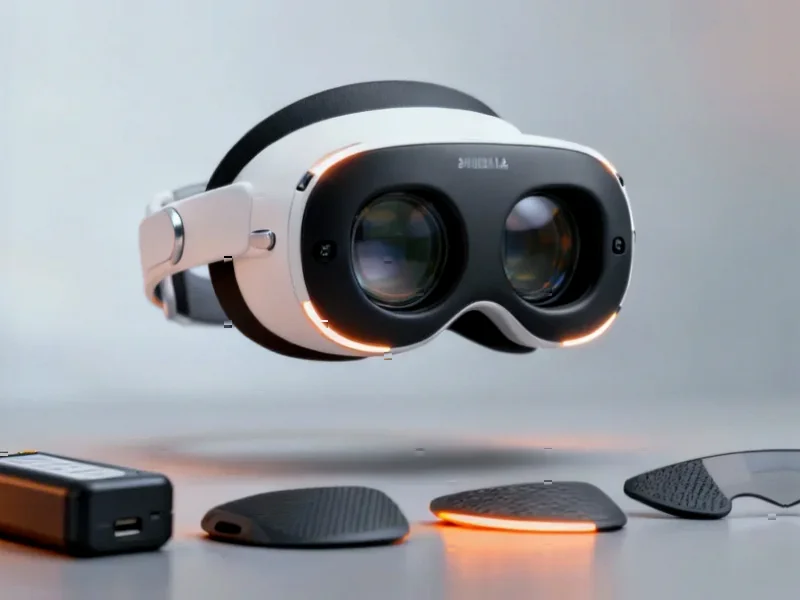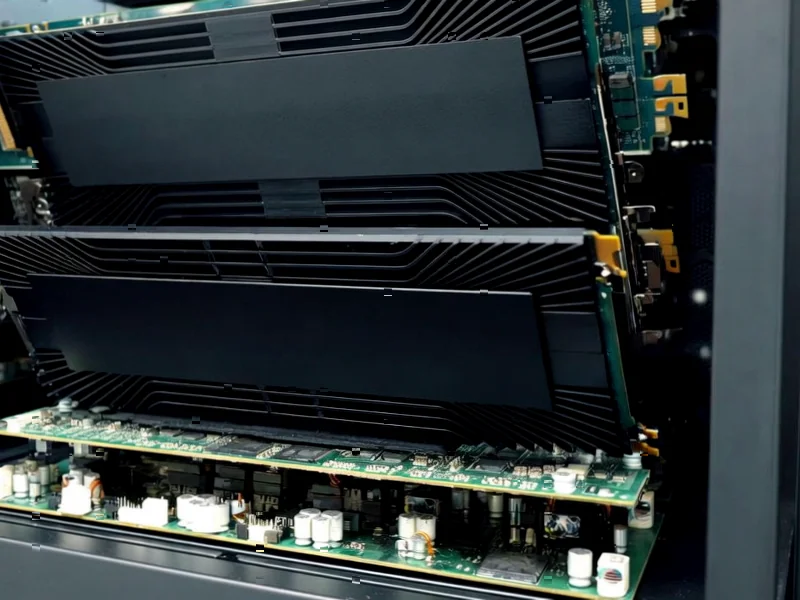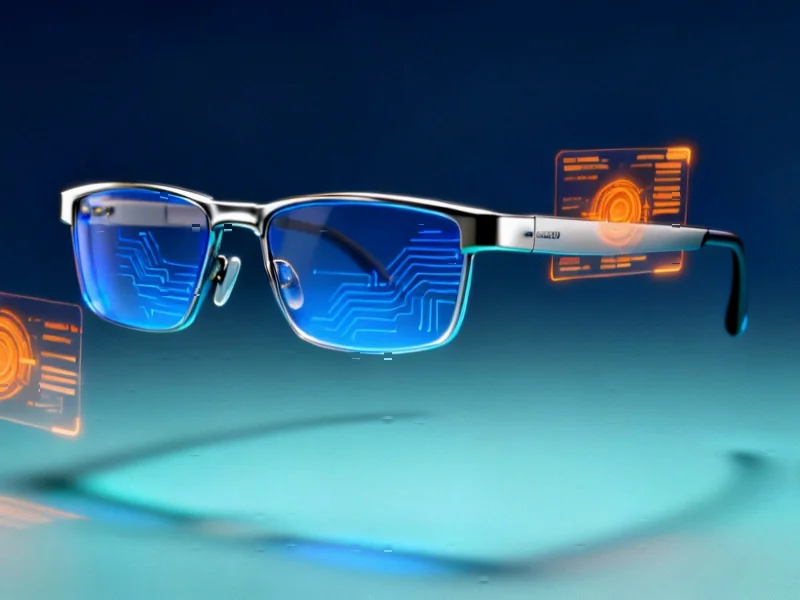According to Semiconductor Today, Efficient Power Conversion Corp has launched the EPC91120, a high-performance 3-phase brushless DC motor drive inverter specifically optimized for humanoid robot joints. The compact 32mm-diameter board integrates EPC’s EPC23102 ePower Stage IC and delivers up to 21A peak current and 15A continuous from a 15V to 55V DC input. Designed to fit directly within robotic motor assemblies, the system operates at 100kHz PWM switching frequency with only 50ns dead time and achieves over 80% total system efficiency from DC input to mechanical output. The EPC91120 reference design boards are priced at $394.02, while the EPC23102 ICs cost $4.80 each in volume quantities, with both available immediately through distributor Digi-Key Corp.
Why this matters
Here’s the thing about robotics – every gram and every watt counts. When you’re building something that needs to stand, walk, and manipulate objects like a human, power density becomes absolutely critical. EPC’s approach of embedding the inverter electronics directly into each motor joint is basically the holy grail for roboticists who’ve been struggling with bulky external motor controllers. And that 80%+ system efficiency? That’s not just about battery life – it’s about heat management in tight spaces where cooling is a nightmare.
The GaN advantage
EPC has been betting big on gallium nitride for years, and this release shows why. Traditional silicon-based motor drives simply can’t hit those switching frequencies with that level of efficiency in such a small package. The EPC23102 IC integrates everything into a monolithic half-bridge, which eliminates a ton of parasitic elements that would normally kill performance. But here’s the question – is the industry ready to fully embrace GaN for mission-critical applications like humanoid robots? The technology has proven itself in consumer electronics, but robotics is a whole different ballgame.
Real-world challenges
Look, the specs look impressive on paper, but integrating electronics directly into motor joints creates some serious engineering headaches. Vibration, thermal cycling, and electromagnetic interference become much bigger concerns when your sensitive control electronics are sitting right next to powerful magnets and rotating components. And while they mention it’s designed for the Unitree A1 robot motor, that’s just one platform in a rapidly evolving field. Will this reference design actually scale across different robot architectures and torque requirements? The proof will be in actual deployment, not lab measurements.
Broader implications
This isn’t just about humanoid robots, despite what the marketing focuses on. The same technology could revolutionize drones, industrial automation, and even electric vehicles where space and weight constraints are brutal. At $394 for the evaluation board, it’s priced for serious developers rather than hobbyists, but that’s typical for cutting-edge power electronics. If EPC can actually deliver on these promises, we might be looking at a fundamental shift in how motor drives are designed across multiple industries. The question is whether the reliability and cost will match the performance claims over the long haul.




